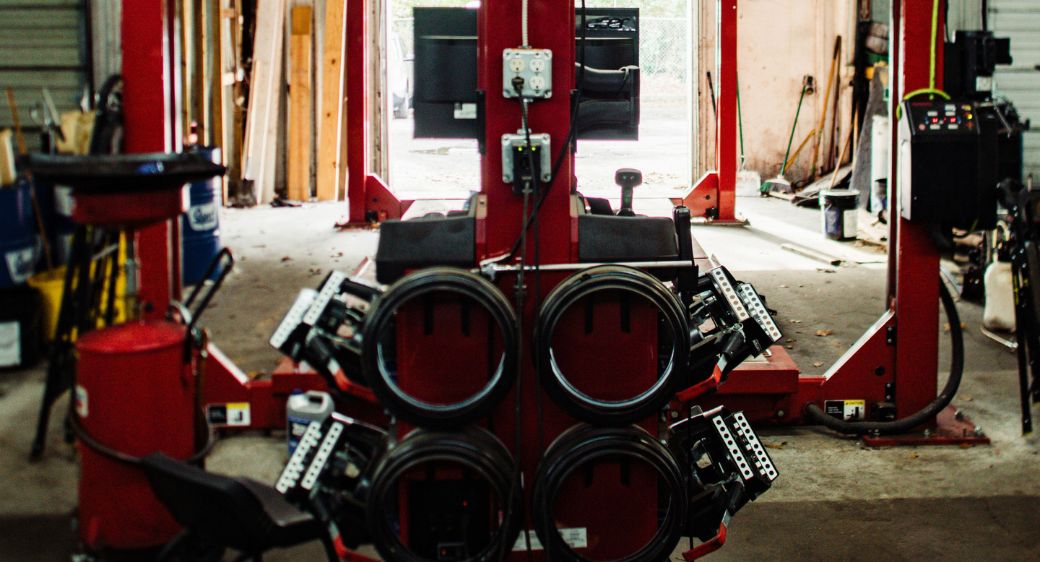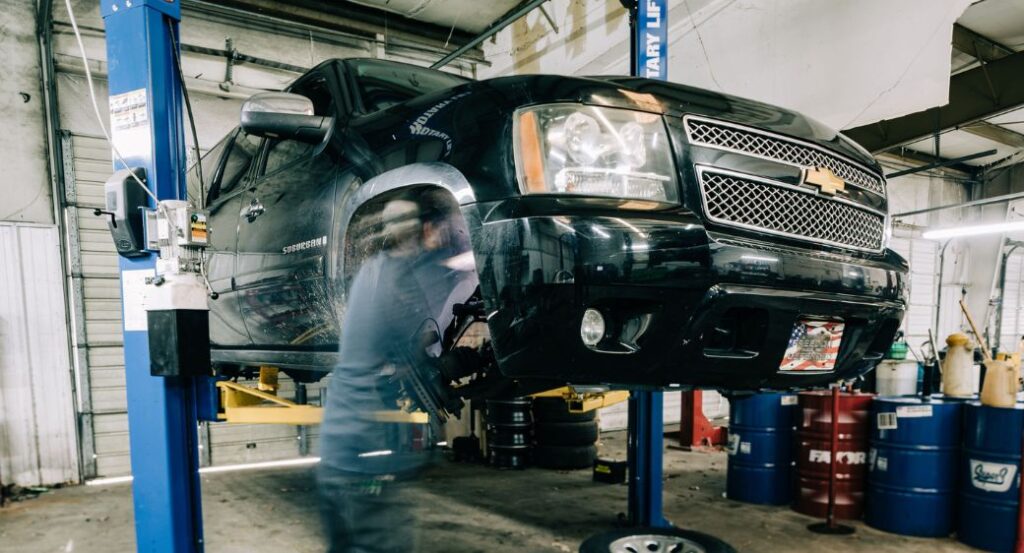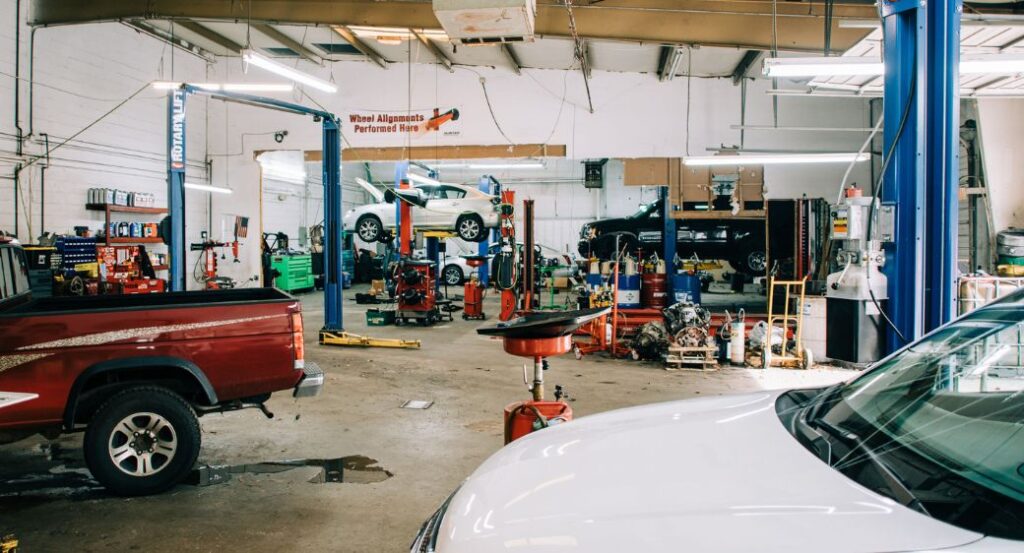Evolution of Car Diagnostic Services: From Manual to Digital

Sharing this:
The evolution of car diagnostic services has been nothing short of revolutionary. Gone are the days of guesswork and manual inspections; we now have sophisticated digital tools that diagnose issues accurately. Understanding how far these services have come is essential for car owners and technicians alike. This blog post will take you through the evolution of car diagnostic services, from manual to digital, highlighting the benefits and advancements that have redefined vehicle maintenance.
The Early Days of Car Diagnostics
When automobiles were first introduced, diagnosing mechanical issues was labor-intensive. Technicians relied on their senses—sight, sound, and touch—to identify problems. If your car made a strange noise, a mechanic would use basic tools and their expertise to locate the issue. While effective in some cases, this method was time-consuming and often inaccurate.
Manual diagnostics require extensive knowledge and experience. Mechanics had to memorize different sounds and symptoms for various car models, making the process more of an art than a science. Imagine how challenging it was to keep up with the evolving technology of vehicles back then. Technicians had to undergo rigorous training and constant learning to stay relevant.
Despite these challenges, manual diagnostics laid the foundation for the advanced systems we use today. It taught us the importance of understanding a vehicle's intricate workings. However, as cars became more complex, it became evident that a more efficient method was needed.
The Advent of On-Board Diagnostics (OBD)
The introduction of on-board diagnostics (OBD) marked a significant milestone in the evolution of car diagnostic services from manual to digital. OBD systems were first implemented in the 1980s and offered standardized access to various vehicle subsystems. They provided a way to monitor engine performance and identify issues through error codes.
Early OBD systems were basic, offering limited information. They primarily monitored emissions-related components, making them useful but not comprehensive. However, they paved the way for more advanced diagnostics. Technicians could now plug in a scanner to retrieve error codes, saving time and effort.
The real game-changer came with OBD-II, which was introduced in the mid-1990s. This system offered more detailed information and standardized the diagnostic process across car manufacturers. OBD-II provided access to a broader range of data, including engine RPM, vehicle speed, and fuel system status. This level of detail made diagnosing issues faster and more accurate.

The Rise of Digital Diagnostics
With the advent of digital technology, the evolution of car diagnostic services from manual to digital took a giant leap forward. Digital diagnostics brought unprecedented accuracy and efficiency. Technicians no longer had to rely solely on error codes; they could access real-time data and perform in-depth analyses.
Digital diagnostic tools use advanced sensors and software to monitor every aspect of a vehicle's performance. These tools can detect issues that would be impossible to identify manually. For example, they can measure the exact pressure in each cylinder of an engine or monitor the electrical signals in a car's wiring.
Integrating digital diagnostics has also improved communication between technicians and car owners. Detailed reports can be generated to explain the issues in layman's terms. This transparency builds trust and helps car owners make informed decisions about repairs and maintenance.
Benefits of Digital Diagnostics
The shift from manual to digital diagnostics has brought numerous benefits. Firstly, digital tools offer unparalleled accuracy. They can identify issues with pinpoint precision, reducing the risk of misdiagnosis. This accuracy translates to cost savings for car owners, as unnecessary repairs are minimized.
Secondly, digital diagnostics save time. Technicians can quickly scan a vehicle and identify problems within minutes. This efficiency means shorter wait times for customers and increased productivity for repair shops. It's a win-win situation for everyone involved.
Lastly, digital diagnostics improve overall vehicle performance. Identifying issues early prevents minor problems from escalating into major ones. This proactive approach extends the lifespan of vehicles and enhances their reliability. Regular diagnostics are crucial for maintaining optimal performance.
The Role of Artificial Intelligence
Artificial intelligence (AI) is poised to further revolutionize the evolution of car diagnostic services from manual to digital. AI algorithms can analyze vast amounts of data to identify patterns and predict potential issues. This predictive capability takes diagnostics to the next level, allowing for even more proactive maintenance.
Imagine a system that alerts you to a potential problem before it even occurs. AI can analyze historical data from thousands of vehicles to identify trends and predict failures. This technology is already being integrated into advanced diagnostic tools, offering unparalleled insights into vehicle health.
AI also enhances the diagnostic process by learning from previous repairs. It can suggest the most likely solutions based on similar cases, improving the accuracy and speed of diagnostics. This continuous learning process ensures that AI-powered tools become more effective over time.

The Future of Car Diagnostics
The future of car diagnostics looks promising, with ongoing technological advancements. We can expect even more accurate and efficient tools that make maintaining our vehicles easier than ever. AI and wireless diagnostics will continue to play a significant role, offering new levels of insight and convenience.
One exciting development is integrating augmented reality (AR) into diagnostic tools. AR can provide technicians with real-time overlays, highlighting specific components and issues. This technology enhances the diagnostic process and makes it more intuitive.
Another trend is the increasing use of telematics. Telematics systems collect data from vehicles and transmit it to a central server. This data can be analyzed to identify patterns and trends, providing valuable insights into vehicle performance. Telematics will play a crucial role in fleet management and predictive maintenance.
Conclusion
The evolution of car diagnostic services from manual to digital has transformed how we maintain our vehicles. From the early days of manual inspections to the advanced digital tools of today, diagnostics have come a long way. Digital diagnostics offer unparalleled accuracy, efficiency, and transparency, making vehicle maintenance easier and more effective.
Regular diagnostics are essential for keeping your vehicle in top condition. By identifying and addressing issues early, you can avoid costly repairs and extend the lifespan of your vehicle. Our automotive diagnostic service provides comprehensive diagnostics to ensure your vehicle remains in peak condition.
Stay ahead of the curve and experience the benefits of advanced diagnostics. Contact us today to schedule your diagnostic service and keep your vehicle running smoothly.



